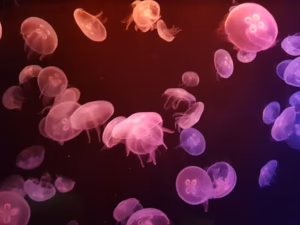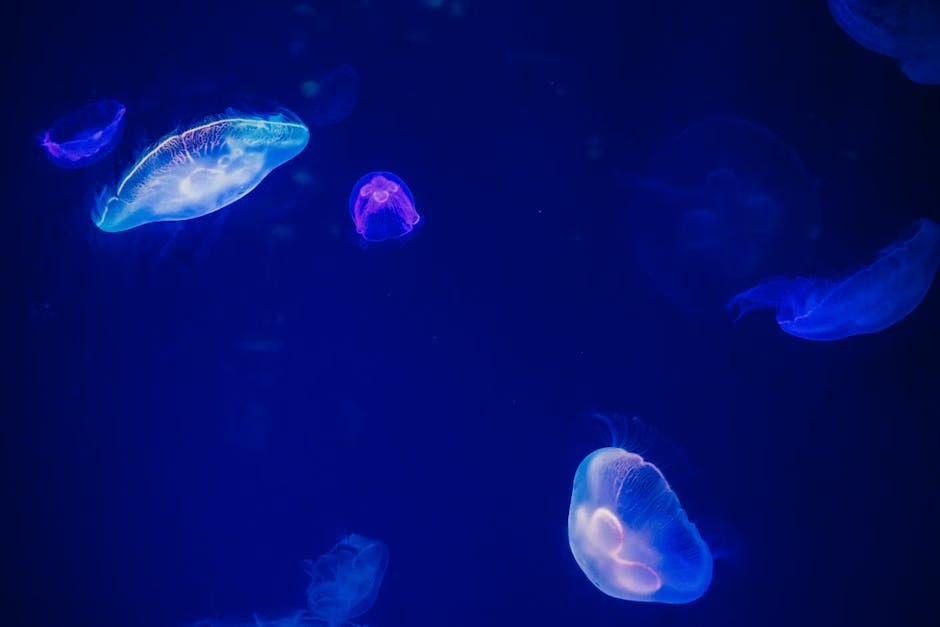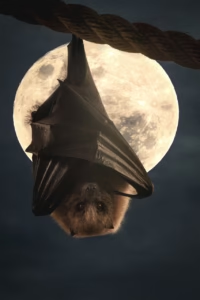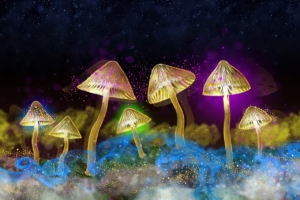Exploring nature’s glowing wonders and their scientific mysteries.
Bioluminescence, the ability of living organisms to produce light, is one of nature’s most captivating phenomena. Found in creatures ranging from fireflies to deep-sea fish, this glow has evolved for various purposes, including communication, predation, and survival. Let’s uncover the science, applications, and ecological significance of bioluminescence.
What Is Bioluminescence?
Bioluminescence is the emission of light by a living organism due to a chemical reaction within its body. This reaction typically involves a light-emitting molecule called luciferin and an enzyme called luciferase. When luciferin reacts with oxygen, light is produced, often with little to no heat.
For a detailed breakdown of the biochemistry behind this process, visit National Geographic’s guide to bioluminescence.
Examples of Bioluminescent Organisms
Bioluminescent organisms are found across various environments, from forests to the ocean depths:
- Fireflies: These insects use light signals to attract mates or ward off predators.
- Jellyfish: Some jellyfish species emit light as a defense mechanism, confusing predators.
- Deep-Sea Fish: Creatures like the anglerfish use bioluminescent lures to attract prey in the dark ocean depths.
- Fungi: Certain mushrooms, such as the Mycena chlorophos, glow in the dark to attract insects for spore dispersal.
Learn more about unique animal adaptations in our article on Unique Animal Adaptations.
 diverse colors and elegance.” width=”561″ height=”421″ />
diverse colors and elegance.” width=”561″ height=”421″ />
The Functions of Bioluminescence
Bioluminescence serves various ecological and evolutionary purposes:
- Communication: Fireflies flash light patterns to find mates.
- Camouflage: Some marine animals use light to blend in with the ocean surface when viewed from below.
- Attraction: Glow worms use light to lure insects into their webs.
- Defense: Squids can eject bioluminescent ink to startle predators.
For an in-depth exploration of animal behavior, check out our post on Understanding Animal Communication.
Bioluminescence in Science and Technology
Bioluminescence isn’t just a natural wonder; it has numerous scientific applications. Researchers use bioluminescent proteins as markers in genetic studies, enabling them to track cellular processes. In medicine, these proteins are employed to monitor tumor growth and drug effectiveness.
Additionally, bioluminescence is being explored in sustainable technology. For instance, researchers are working on using glowing bacteria to create eco-friendly lighting systems, reducing the need for traditional electricity.
The Mysteries of Bioluminescence
Despite its prevalence, many aspects of bioluminescence remain a mystery. Scientists are still uncovering new bioluminescent species, particularly in deep-sea ecosystems. The diversity of glowing organisms continues to challenge our understanding of evolution and adaptation.
Why Bioluminescence Matters
Bioluminescent organisms play a crucial role in their ecosystems, contributing to food webs, nutrient cycles, and biodiversity. Studying them not only enriches our knowledge of life on Earth but also inspires innovative solutions in science and technology.
Conclusion
The world of bioluminescence is as beautiful as it is scientifically significant. Whether illuminating the ocean depths or providing insights into medical research, these glowing wonders remind us of the incredible diversity of life. Dive deeper into natural phenomena with our post on Nature’s Hidden Marvels.
Bioluminescence isn’t just a light in the dark—it’s a beacon of discovery and inspiration.





